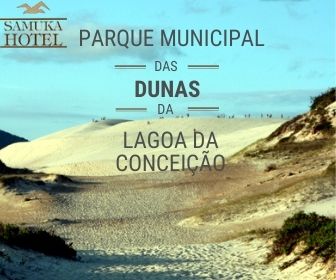Shellmound - Florianópolis neighborhood
Região: north of the island
Nearby Neighborhood: Saint Anthony of Lisbon (2,5 km)
Nearby beaches: Sambaqui Beach | Saint Anthony of Lisbon
Distances: Centro e Bus Station 20 km | Airport 30 km
Also find: water sports, boat ride, fishery, mariculture, colonial architecture, gastronomic route

The Sambaqui neighborhood is located in north from Santa Catarina Island, 20 km from the center of Florianópolis, between the neighborhoods Daniela e Saint Anthony of Lisbon.
Belonging to the District of Santo Antônio de Lisboa, the neighborhood has a resident population of around 1.500 people.
Access to the neighborhood is via Gilson da Costa Xavier street, which starts in the historic center of Santo Antônio de Lisboa, a place that concentrates a large part of the region's residences and commerce. Sambaqui is a simple neighborhood, with paved streets and no buildings.
The region is served by five bus lines, one executive (2124) and four conventional (310, 331, 332 and 365). Commerce in the neighborhood is quite modest, consisting basically of small markets, bakeries, fishmongers and pharmacies.
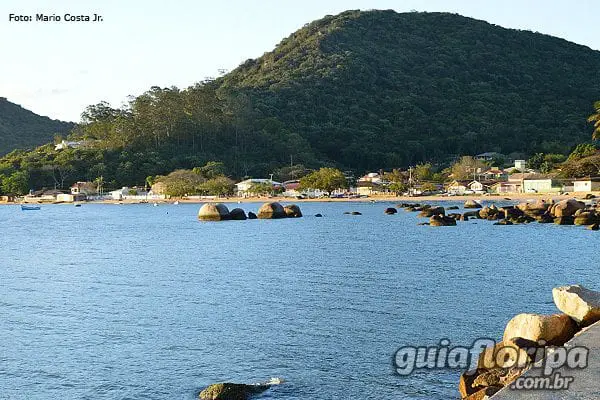
Unlike most neighborhoods in Florianópolis, in the last decades, Sambaqui has not suffered relevant impacts caused by the real estate expansion and continues to maintain its peaceful and charming air of a fishing village. Therefore, it is in the natural beauty that the neighborhood stands out.
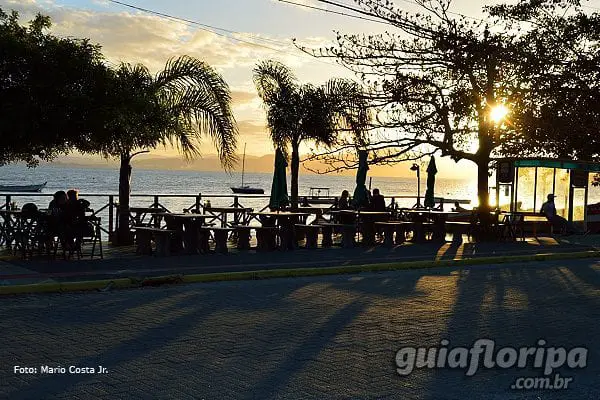
Along the waterfront, there are several options of bars and restaurants, for all tastes, offering that cold beer accompanied by snacks made with oysters and seafood grown in the region.
From the beach, it is possible to admire the North Bay, the mainland neighborhoods and the famous Hercílio Luz Bridge. All this watered by the golden rays of the sunset, framed by the sun that hides between the silhouette of boats and the hills on the horizon.
ADVERTISING
History of Sambaqui
The name of Sambaqui comes from Tupi-Guarani and is a reference to the mounds of shells found in the region, vestiges of human occupation in the prehistoric period. Hunters and gatherers lived on the remains of the molluscs they consumed and buried their dead there, which makes the sambaquis important sources of studies to understand the way of life of the first inhabitants of the coast of Santa Catarina.
In the XNUMXth century, the occupation of Santa Catarina Island was still quite modest. However, the first settlements emerged around this time, Santo Antônio de Lisboa being one of them. As a result of its physical characteristics, the locality was divided into three parts: in addition to the central village, there was also a small village to the north, called Sambaqui, and another to the south, known as cacupé.
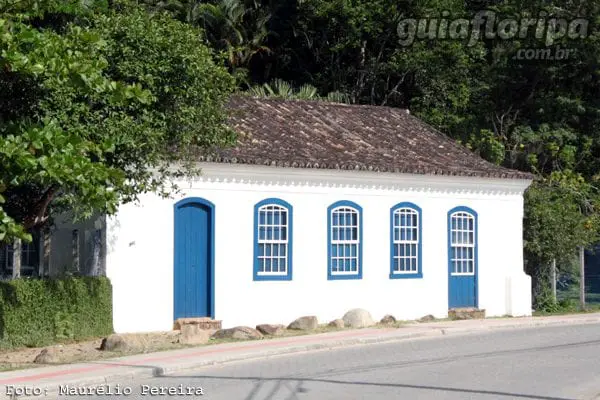
In 1714, Sergeant Major Manoel Manso de Avelar built a port in Sambaqui to encourage maritime trade in Santo Antônio. The choice was not by chance; in addition to the excellent drinking water, the geographical position meant that Sambaqui was protected from the winds that punish the island. Time proved that Avelar was right and the prosperity of Santo Antônio made the village rise to the rank of parish in 1750.
In the XNUMXth century, the intense movement of goods that occurred through the port made Santo Antônio as important as the central region of the island. Proof of this was the visit that the Emperor Dom Pedro II made to the parish. Such an illustrious presence made the authorities "race against time" to present a beautiful corner to the Emperor, who landed in Sambaqui at nine in the morning on October 21, 1845.
ADVERTISING
The first half of the XNUMXth century, on the other hand, was not so positive for Santo Antônio and Sambaqui. Florianópolis received a major urban remodeling inspired by the great capitals of Europe and Rio de Janeiro, having as main symbol the construction of the Hercílio Luz bridge. Both this new contact between the island and the mainland and the opening of roads substantially weakened port activities in the city.
This process of stagnation was accentuated in the 1970s, with the construction of the SC-401. The opening of an asphalted state road combined with the pollution of beaches close to the city center made tourists go to beaches like Canasvieiras, English e Barra da Lagoa, relegating Santo Antônio de Lisboa, Sambaqui and Cacupé to a subordinate position.
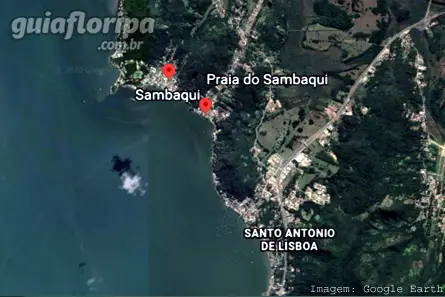
However, these locations grew again in the 1980s, becoming predominantly residential neighborhoods. In the Sambaqui neighborhood, more specifically, the construction of some irregular subdivisions brought in a considerable number of new residents, generating some tension between them and the families that were already established there.
DISCOVER MORE North Region Neighborhoods from Florianopolis
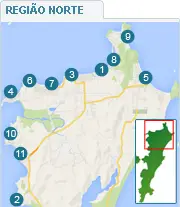
- Bom Jesus waterfall
- cacupé
- Canasvieiras
- Daniela
- English from Rio Vermelho
- Jurerê International
- Traditional Jurerê
- Ponta das Canas
- Brava Beach
- sambaqui
- Saint Anthony of Lisbon









